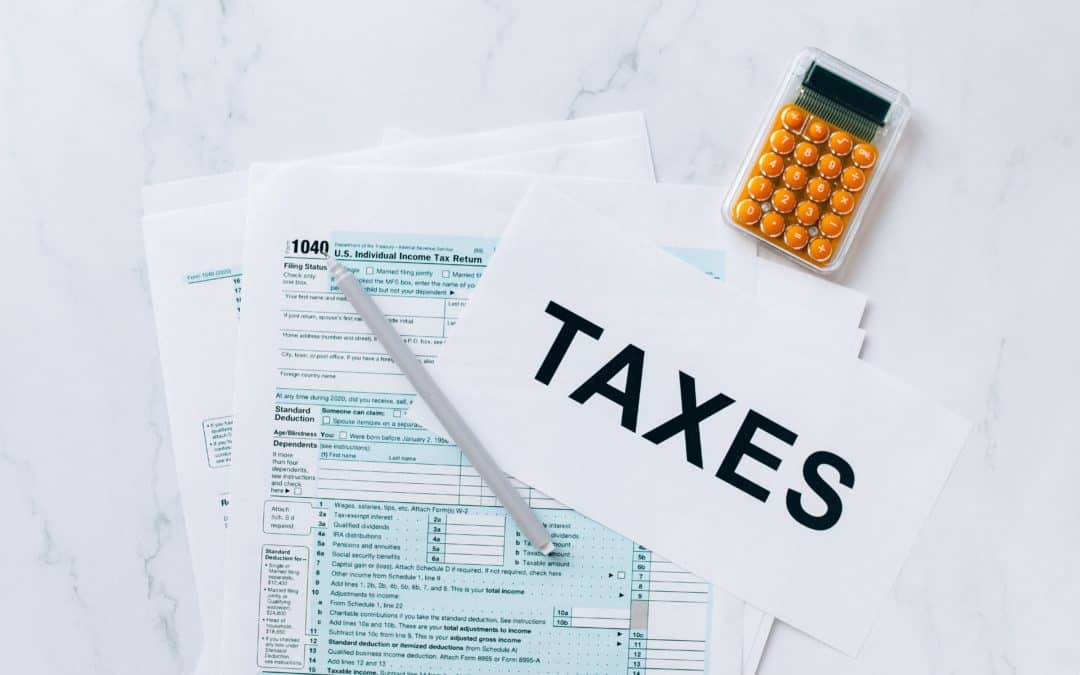The R&D tax credit has become one of the highest annual tax credits currently offered to U.S. businesses. For qualifying businesses, it is essentially compensation for doing their usual business. And good news for those who want a piece of it because an R&D tax credit software can help ease a significant portion of the arduous task of preparing a claim.
The credit was established in 1981 as an incentive for companies to retain high-paying jobs in the United States.
At its initial conception, a company was required to create or develop a new product or process in order to qualify, which meant that only a small number of innovative businesses could benefit. But now, new guidelines have been implemented, and “research and development” now appears to be an inflated term for what the credit actually rewards: advancement and innovation.
To qualify, one need only improve something: a product, process, formula, or software.
R&D Tax Credit: Requirements
To qualify for R&D tax credits, a company does not need a research facility full of scientists and microscopes. In actuality, only four criteria must be met for an activity to be considered.
Research and Development Tax Credits Criteria
1. Develop a new or enhanced product, software, process, technique, formula, or invention:
The venture must seek to enhance performance, functionality, dependability, or quality. However, the business is not required to attain an improvement or invention. Even if their efforts are unsuccessful, they can still qualify simply by attempting them. For instance, a software developer may intend to create software that helps improve the customer experience with a new feature but fail to do so.
2. Rely on scientific evidence:
Engineering, biology, chemistry, physics, and computer science are examples of hard sciences.
3. Eliminate ambiguity:
The activities must be intended to eliminate uncertainties or ambiguities surrounding the capability or process of developing or enhancing the sought-after product or service or the appropriate design. In other words, a business may not initially know whether or how it can develop a product, nor the product’s design, but its efforts should aim to clarify this direction.
4. Entails experimentation:
Experimentation is required for activities to remove or resolve technical uncertainty. The whole process should involve evaluating using alternative solutions or approaches such as simulation, modeling, systematic trial and error, or any other techniques.
Claiming R&D Tax Credits: Benefits
- It is instant cash. Many small and medium-sized businesses can immediately reinvest the money they could claim from the R&D tax credit.
- This credit is dollar-for-dollar. The R&D tax credit is not a tax deduction; rather, it is a dollar-for-dollar credit against the taxes owed or taxes paid.
- You can profit now and in the coming years. You can significantly lessen your current and future federal and state tax obligations.
- It is openly available. In 2014, the United States’ federal government granted more than $12 billion in tax credits; this figure has undoubtedly increased over the past eight years. Approximately 80 percent of that ends up going to the state’s largest corporations.
- Credits can be carried forward up to twenty years later. And you may claim the credit during open tax years, typically the three or four prior years plus the current year.
- Lesser payroll taxes. Even if your company is operating with a loss, you can offset a portion of your payroll taxes with the R&D tax credit.
Claiming R&D Tax Credits: Challenges
Documentation
The most difficult aspect of claiming R&D tax credits for many businesses is proving that they qualify through documentation. This documentation request is extensive.
Companies must demonstrate a connection between their qualified expenses and the qualified activities, which requires collecting massive amounts of data, including ledgers, payroll records, gross receipts, project notes, specifications, requirements, and revenue data.
Daunting documentation is one of the main reasons most businesses choose to outsource the work to a consultant or use an R&D tax credit software. Both options accomplish the desired result, but working with a technology provider is typically less expensive, more organized, and more accessible than working with consultants.
Keeping up with changing regulations
The qualifications for the R&D tax credit vary from state to state. You will need to be aware of and adhere to these requirements wherever you are trying to innovate something.
Typically, if you are working with a consultant, you will need to engage with a new firm in every state where you have operational processes to claim R&D tax credits. The majority of accounting firms specialize only in one state. On the other hand, with the use of R&D tax credit software, a technology-based solution, all the requirements for every state in the world can be handled with just a single software, allowing you to complete all the needed documentation with just a single provider.
Calculating the R&D credit
The credit calculation is trickier than it sounds; it is typically a manual Excel process. The credit-affecting rules and regulations are complex. Rules regarding the base period or controlled groups, for instance, make it impossible to simply plug a few numeric values into an Excel template.
To address the nuances of every credit calculation, one must comprehend the rules and their effect. Generally, accounting for them is a manual process (manual changes in an Excel template).
When engaging the services of a consultant, the complexity of the project is reflected in the hours billed. Costs will increase as a result of increased duration. AI, however, is an effective substitute. Technology-based solutions, such as R&D tax credit software, are designed to include all the rules for every state in the world and produce the correct calculations automatically.
Documenting the claim with corroborating evidence
Adequately documenting your projects requires real-time documentation. Frequently, companies attempt to piece together crucial R&D project facts and circumstances. Employees may forget vital information, and key personnel may leave the organization, leaving organizations with inadequate supporting documents.
Organizing reports and documentation in one place
Wherever a company claims R&D tax credits, there will be substantial paperwork. Organizations require a centralized location to store reports, paperwork, and notes, which must be organized so that they can be reaccessed the following year.
When working with a consultant, pertinent reports and accompanying documents are commonly emailed to the client. But with an R&D tax credit software, it already includes a repository for all of your relevant documentation, so you will always have whatever you need whenever you need it.








